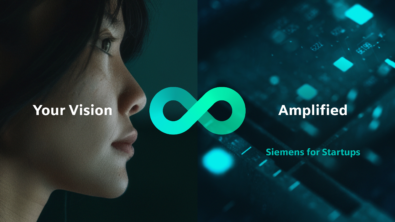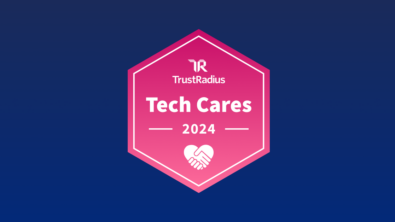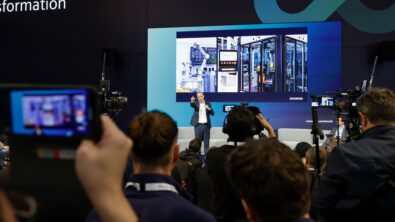Complexity and Decision Making
Decisions, decisions. The first decision I had to make this morning was whether to write this post in response to something Oleg posted earlier today, which was already in response to something Jim had written a few weeks ago. As you can see, I decided in the affirmative. To be honest, it was an easy decision even though I’ve been on a leave of absence from the Siemens PLM Blog for a while (just some other things getting my attention for the last few months). If you liked what I had to say and am glad I’m back, then thank Oleg – if not, then you know who to blame.
This discussion all started a few weeks ago, when Jim posted about some research he had completed on “Improving Engineering Decision-making with PLM”. One of the findings he shares from the report is that making good decisions early in the product development process is even more important as product complexity increases. Oleg picks up on Jim’s themes of decision making and complexity, concluding that PLM is too complicated to support decision making. It’s not that decision making won’t happen – it has to happen if product is going to ship. “It just won’t happen here…in PLM system”.
The basis of Oleg’s conclusion is that there are two important elements of a decision making framework: information collection and decision tracking. I think he’s exactly right since those are some of the same things we’ve been building as part of our HD-PLM decision-making environment.Our HD-PLM technology is based on three key elements: intelligently integrated information, future proof architecture and a high-definition user experience. As Oleg points out, getting all of the information together to make decisions is hard, but the whole point of intelligently integrated information is to make it easier by making sure that information is connected in context, so that un-related connections don’t muddle the decision making process. Decision tracking fits in the intelligently integrated information pillar of HD PLM as well. In the simplest view, decisions are “just” another bit of data that needs to be stored, accessed, shared and potentially re-used (no one wants to have to make the same decision twice). Intelligently integrated information allows decisions to be tracked and best practices to be shared.
This wouldn’t be a very interesting post if I simply agreed with Oleg (and Jim). And a non-interesting post wouldn’t have pulled me out of blogging retirement. Where I think Oleg is getting it wrong is on this issue of complexity. In Jim’s original post he is describing the products PLM users are making with PLM software as complex. Oleg goes on to attribute that same complexity to PLM products themselves. It doesn’t have to be this way. Just because an underlying product or process to produce it is complex, does not mean that all that complexity needs to be presented to the user in order for them to get their job done.
I can’t help but think of a parallel from the consumer world, what with one of my browser tabs pointed at the Engadget liveblog of the Apple iPad Mini announcement today while I write this post. I think most would agree that one of the reasons Apple has moved from the basement to the penthouse, at least in terms of stock valuation, is the iTunes store. If you have never purchased something from the store, let me describe it: login or create an account, search for what you want or have Apple recommend some songs (or movies, or TV shows) to you, click buy and watch. It really couldn’t be an easier user experience, yet what’s going on in the background couldn’t be more complex. Apple has negotiated contracts with content providers, created digital versions of their content, indexed it in a catalog, curated a set of recommendations, distributed the file to its global content network, delivered it to you when you clicked on it, debited your account and paid the content provider their share. And that’s probably only half of it. That’s a pretty complicated process, but at the same time a pretty streamlined and efficient user experience. That’s what the HD user experience component of HD-PLM does for PLM. It manages the complexity that is necessary to imagine and create the product that will be competitive in today’s market, without exposing it to the user. Our CTO, Paul Sicking, gave a good example of this recently:
“Think about a situation where you’re working on a piping system in a ship. You might know what room the system is in, so you can register for everything that’s within, say, two meters of that particular piping system in that room. In very simple terms, you just describe the kind of information that you’re interested in and then the system can quickly find it and load it into your session. In addition to that, it can continually monitor what is happening around you as other people create more content in that particular room. If that content satisfies the requirements that you subscribe to, then it automatically gets loaded into your session. You get notified of that additional information so you don’t have to manually go out and continually look for design changes. It’ll actually be pushed to you.”
Sounds like a pretty straightforward way for the user to get their job done on a pretty complex product (a ship!) without having to be faced with that complexity. In this case, I think that PLM users can have their cake and eat it too.
“Fools ignore complexity. Pragmatists suffer it. Some can avoid it. Geniuses remove it.”
– Alan Perlis, first recipient of the Turing Award.


